Into Practice, a biweekly communication distributed from the Office of the Vice Provost for Advances in Learning to active instructors during the academic year was inspired by a successful 2012 HILT grant project. The e-letter highlights the pedagogical practices of individual faculty members from across Schools and delivers timely, evidence-based teaching advice, contributing to and strengthening a University-wide community of practice around teaching.
Below is a catalog of all the Into Practice issues sorted by the publication date. To subscribe to Into Practice, please sign-up via our Mailing List page.
-
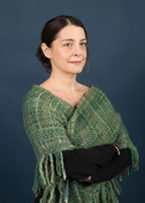
Using faculty videos in required courses to engage students at all levels
Like many instructors of required courses, Pinar Dogan, Lecturer in Public Policy and SLATE Faculty Liaison for Pedagogy, teaches her section of Markets and Market Failure to students with significantly divergent levels of prior knowledge of microeconomics. Seeking a way for students “to end up at the same place even though they started at very different places,” Dogan partnered with SLATE to develop videos of Harvard Kennedy School (HKS) faculty experts explaining the relevance of math-intensive or potentially dry concepts (e.g., fixed costs or price elasticity) to public policy.
-
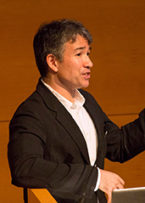
Understanding culture through material artifacts
Students in Japanese art and architecture courses taught by Yukio Lippit, Professor of History of Art and Architecture, often encounter cultures quite different from their own. Lippit immerses them in those cultures through deep engagement with material artifacts, by examining roof tiles or carpentry, visiting the Japanese house at the Boston Children’s Museum, or participating in a tea ceremony.
-
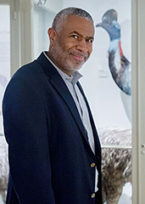
Moving from passive learning to active exploration of the physical world
Scott Edwards, Professor of Organismic and Evolutionary Biology and Curator of Ornithology in the Museum of Comparative Zoology (MCZ), makes extensive use of the museum’s ornithology collections in his courses and brings specimens into his lecture sessions to engage students in close analysis during weekly three-hour labs. Edwards models “ways of making meaning” by looking to specimens as key evidence for testing claims and theories.
-
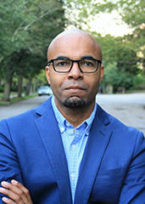
Using ethnographic research to improve students’ qualitative literacy
In distinguishing fact from opinion, quantitative information is often seen as more reliable, but Mario Luis Small, Grafstein Family Professor of Sociology, wants students also to see the value of qualitative data for assessing such claims. In his course Qualitative Network Analysis, he requires students to analyze empirical research (including their own ethnographic cases) with a qualitative lens and thoroughly evaluate “authors who believe they’re making a defensible claim about some aspect of society.”
-
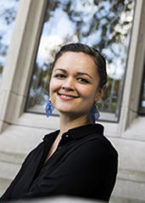
Bringing the best parts of a seminar into larger courses
When enrollment for seminar After Luther: Faith, Will, Law, and the Question of Goodness doubled last year, Michelle Sanchez, Assistant Professor of Theology, was concerned that the depth and quality of the connections—with and among students and the texts they read together—would diminish. In response, she modified some logistical elements including assigning different pairs of students to circulate brief response papers before class and then lead discussion each week.
-

Building soft skills through applied practice
Michael I. Norton, Harold M. Brierley Professor of Business Administration, uses experiential exercises to help students build strong foundations for collaborative work. In the FIELD Foundations course, students practice and refine their self-awareness, social awareness, and team effectiveness through activities such as identity mapping and the marshmallow challenge.
-

Transforming your syllabus to reach and engage students
When Katharina Piechocki, Associate Professor of Comparative Literature, prepares for a course she has taught before, she significantly changes the syllabus to stay relevant in a rapidly-changing world, respond to students’ (and her own) growing interests, and take advantage of events outside the classroom.
-

Simple examples lead to deep engagement
Three years ago, Scot T. Martin decided to “start from scratch” with his approach to teaching thermodynamics. He found that by focusing on every day, concrete examples (e.g., running, the function of the heart) he could help students rediscover and truly understand the fundamental laws.
-

Balance of agency and flexibility helps students develop their own artistic process
Nora Schultz, Assistant Professor of Visual and Environmental Studies, encourages experimentation and a diversity of readings for her courses Shape Shifting Your Reality and Object Matter of Jelly Fish: Sculpture Course.
-

Giving students practice with constructive criticism
Mark Mulligan, Associate Professor in Practice of Architecture, requires students in Tectonics Lab to work collaboratively on design-build projects of increasing complexity over the course of the semester that are subject to critique by peers, guest experts, and Mulligan himself.

